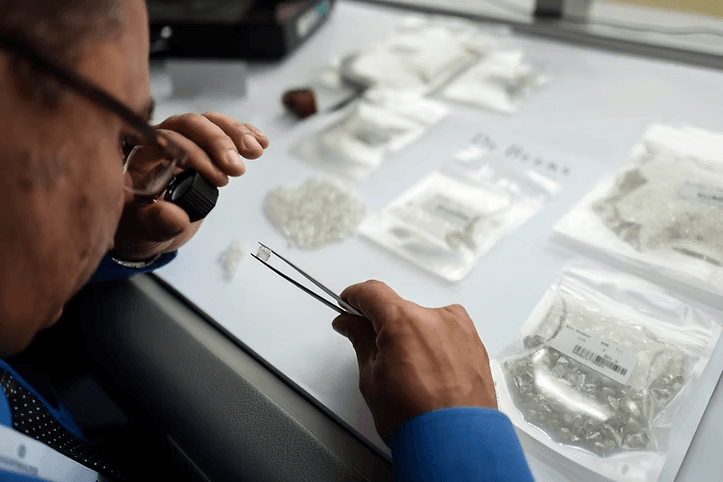
What does the diamond industry actually want from the next owners of De Beers? That question has never been more urgent, as Anglo American prepares to sell its 85% stake and bidders line up to reshape the most iconic name in diamonds.
New ownership inevitably means new priorities. Will the company’s character change again, after two years of Al Cook’s reforms? Or will the trade face yet another strategy reset? History shows that every transition leaves a lasting mark: when the Oppenheimers sold their century-long, 45% controlling stake in 2012, the shift from family stewardship to Anglo’s corporate oversight transformed De Beers overnight. Gone was the personal alignment with the industry’s needs; in its place came shareholder scrutiny, institutional expectations, and a mandate for profit.
The Oppenheimer years were simpler times. Consumers faced fewer choices, margins were generous, and profits flowed from miners to sightholders, middlemen, and jewelers alike. Anglo, by contrast, stepped into turbulence. Diamonds never fit neatly into its bulk commodity portfolio. Shareholders accustomed to predictable price cycles struggled with the volatility and opacity of diamonds. That mismatch shaped Anglo’s De Beers era.
Pricing was the clearest fault line. Through much of the 2010s, De Beers stuck to rigid policies: withholding supply rather than lowering prices, forcing sightholders to buy goods at unsustainable levels, and perpetuating a vicious cycle. Clients felt compelled to take allocations to stay in De Beers’ favor, fearing penalties if they refused. Inventories ballooned, margins collapsed, and the trade grew resentful.
De Beers defended its actions as market stabilization—avoiding the collapse of mines whose costs would exceed revenue if prices fell too low. Yet the perception lingered: the company prioritized price optics over the survival of its partners.
The 2020s have brought shifts. Under Anglo, De Beers has become more engaged with the wider trade, especially during crises like the pandemic and the current downturn. The rigid 2010s have given way to gestures of flexibility, allowing sightholders to decline goods and trimming production during weak markets. More dramatically, sightholders themselves have asserted power, particularly Indian manufacturers who now dictate rough buying more aggressively. Since 2023, refusals have become common. Holding a sight is no longer a badge of honor.
De Beers has already responded by cutting 10 sightholders and planning further reductions from the current 69, as Botswana’s Okavango Diamond Company grows its share of Debswana’s output from 30% today to 50% in the next decade. Last year’s contracts were extended again into mid-2026, signaling De Beers’ need to buy time in a strained midstream environment.
Now, against this backdrop, Anglo is exiting. Six consortia have reportedly shown interest, including former CEOs Bruce Cleaver and Gareth Penny. Two state players have confirmed bids: Angola, through its state-owned Endiama, offering a minority stake within a Pan-African consortium model; and Botswana, where President Duma Boko has declared his intent to secure majority control.
The visions could not be more different. Angola frames De Beers as a strategic asset, advocating for a multinational consortium of producers to safeguard long-term growth without political overreach. Botswana’s approach is blunt: nationalize control, consolidate leverage, and use De Beers as an economic engine.
For the industry, the implications are profound. State ownership risks politicizing De Beers and adding rigid bureaucracy to an already fragile trade. Private-sector buyers may better balance stakeholder interests, but they will still wrestle with today’s unprecedented volatility. Either way, the next custodians face a stark dilemma: provide breathing room to an exhausted midstream, or push the trade toward life with less dependence on De Beers altogether.
This will not be the De Beers of the Oppenheimer dynasty or even the Anglo era. Whoever takes charge will inherit a leaner, more contested company—one that the industry still mistrusts, yet still relies on, and one whose leadership could define the diamond sector’s future in an age where lab grown diamonds steadily gain ground, reshaping demand with stable pricing, ethical sourcing, and generational appeal.
👉 Want to understand why lab grown diamonds are overtaking natural stones? Dive into our Lab Grown Diamonds guide.
👉 Explore how sustainability and transparency are driving change in our Ethics & Sustainability Hub.
